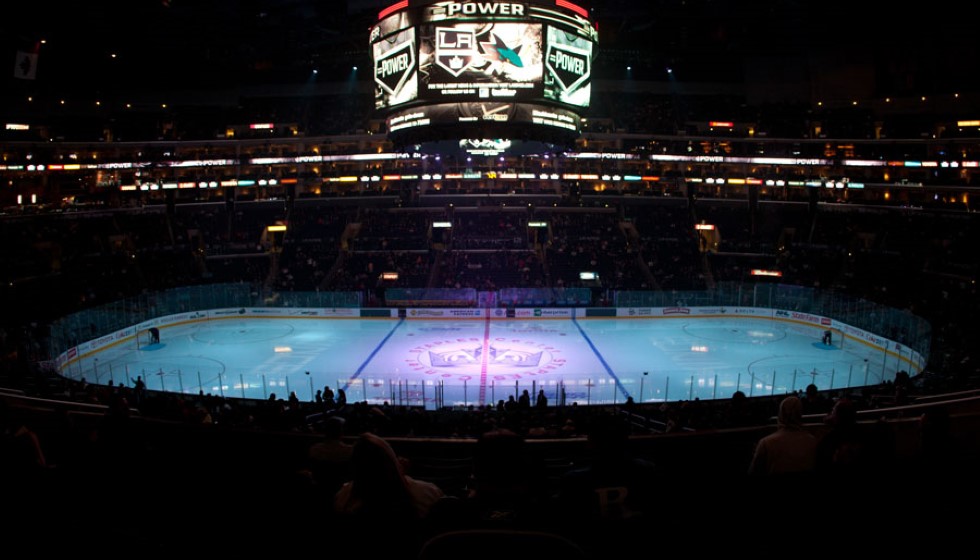
In a game that pitted the Leafs against the New York Rangers, all eyes were on the clash between Ryan Reaves and rookie Matt Rempe. The confrontation on the ice underscored a long-standing and evolving role in the sport— that of the "enforcer." At 6 feet 7 inches tall and weighing in at 240 lbs, Rempe's physical presence is formidable. Despite this being only his inaugural season, his impact has been noted both in terms of scoring and enforcing. Having already marked a goal and an assist in seven games, his more notable statistic might be the 37 minutes spent in the penalty box, a figure that surpasses his actual gameplay time by 5 minutes.
The Role of an Enforcer in Hockey
The term "enforcer" is often attributed to players like Rempe, whose physical style of play and readiness to engage in fights define their role on the team. However, this role, intrinsic to hockey's culture and unwritten "code," has come under scrutiny. The tragic deaths of enforcers Derek Boogaard, Wade Belak, and Rick Rypien in 2011 brought to light the potential long-term consequences of fighting in hockey, including its links to Chronic Traumatic Encephalopathy (CTE), a brain condition associated with repeated blows to the head. Despite ongoing research supporting this connection, NHL Commissioner Gary Bettman remains skeptical about directly linking hockey fights to CTE.
The evolution of the sport towards a greater reliance on analytics has further marginalized the traditional enforcer role. In today's game, there's less room for players who specialize in fighting but contribute minimally to scoring or are not among the fastest or most skilled skaters.
Changing Times
As fighting in hockey has seen a decline, the pace and quality of the game have benefited, leading to a faster, more skill-oriented, and engaging spectator experience. This shift not only reflects changes in strategy and player development but also aligns with efforts to make the sport more inclusive. However, discussions on fighting's place in hockey persist, often highlighted in analyses by sports panels such as TNT's NHL coverage, where plays and fights are dissected for fans.
Former player and analyst Paul Bissonnette has echoed a sentiment of nostalgia and approval for the traditional enforcer role, specifically commenting on Rempe's conduct as "old-school" and admirable, especially his willingness to "answer for his actions" after a hit. This perspective, while seemingly outdated, underscores the enduring debate about fighting's role in hockey—whether it escalates tension or upholds a sense of accountability on the ice.
A Cultural Battleground
The discussion extends beyond the rink, touching on broader societal issues. An incident during the NHL's All-Star break in Florida illustrated this intersection; a LinkedIn post by the NHL promoting a career fair was met with criticism from Florida Governor Ron DeSantis's administration. The criticism, framed within a context opposing discrimination, reflects the complex ways in which sports leagues can become platforms for larger cultural and political debates.
The Future of the Enforcer
Within hockey circles, some still defend the necessity of enforcers, arguing they play a critical role in maintaining safety and sportsmanship, by deterring dangerous play. Yet, as the sport evolves, the traditional enforcer faces an uncertain future. Analytics, shifting cultural norms, and growing health concerns are reshaping the landscape in which these players operate.
In essence, the ongoing discussions around players like Matt Rempe and the role of fighting in the NHL reflect a sport—and a society—at a crossroads, grappling with its identity and the values it wants to uphold. As hockey continues to navigate these changes, the roles and expectations of its players will undoubtedly continue to adapt, potentially marking the end of the enforcer era as we know it.
In this dynamic climate, the NHL finds itself balancing tradition with progress, ensuring the sport remains relevant, engaging, and, above all, safe for its players and appealing to its fans. Whether this balance will lead to the complete phasing out of fighting in the game remains to be seen, but it's clear that the conversation around it is far from over.